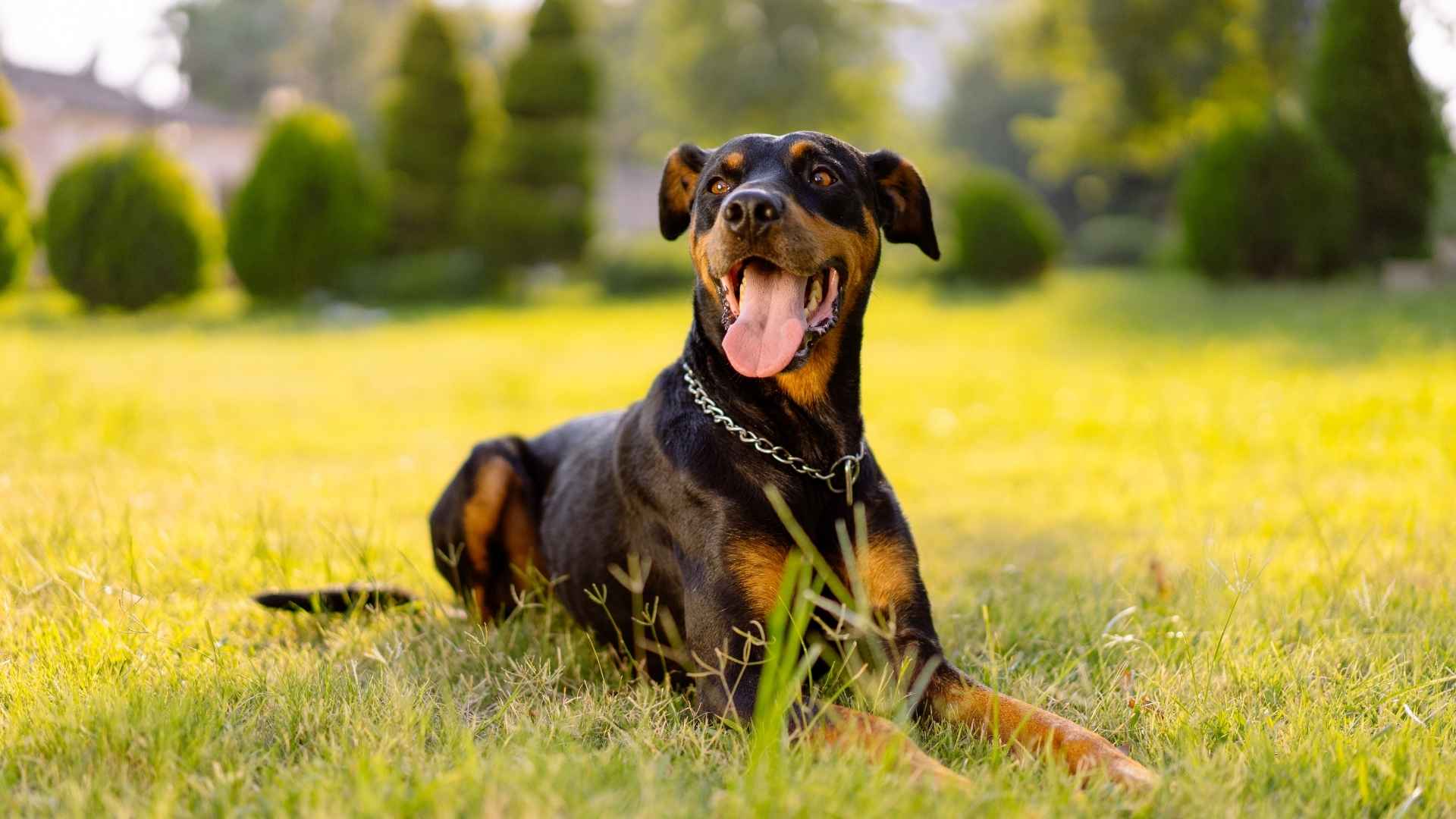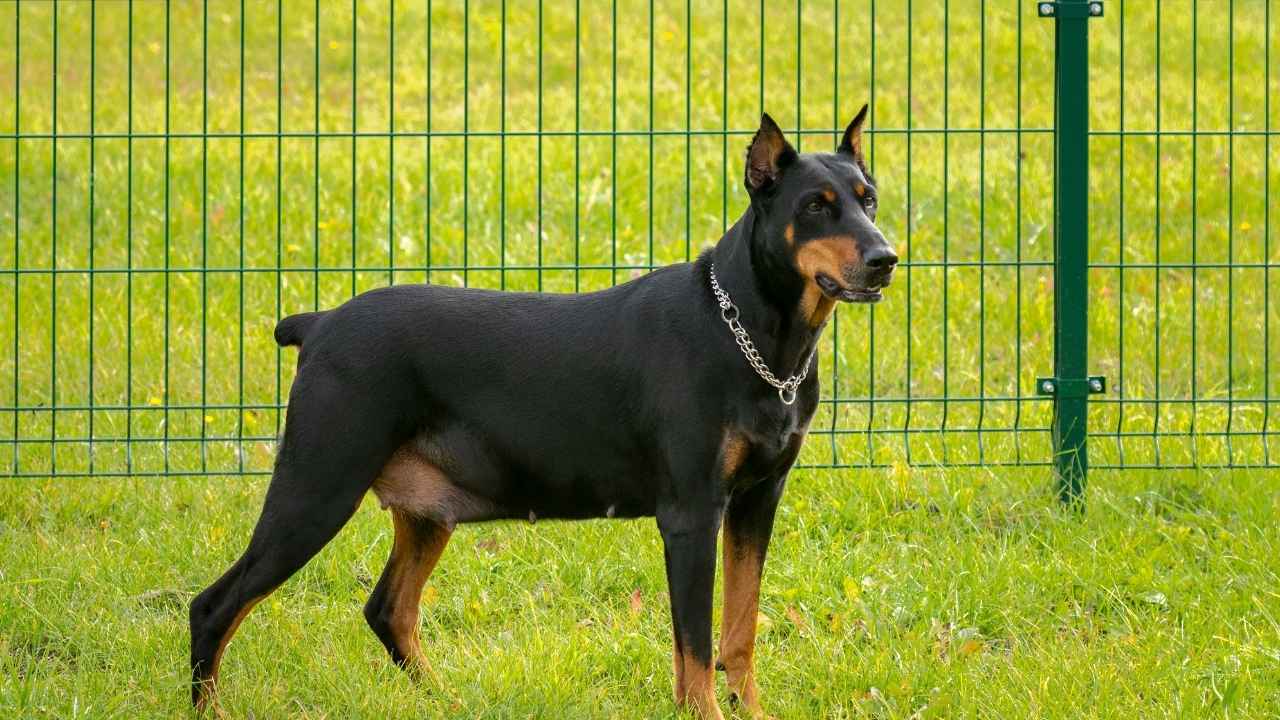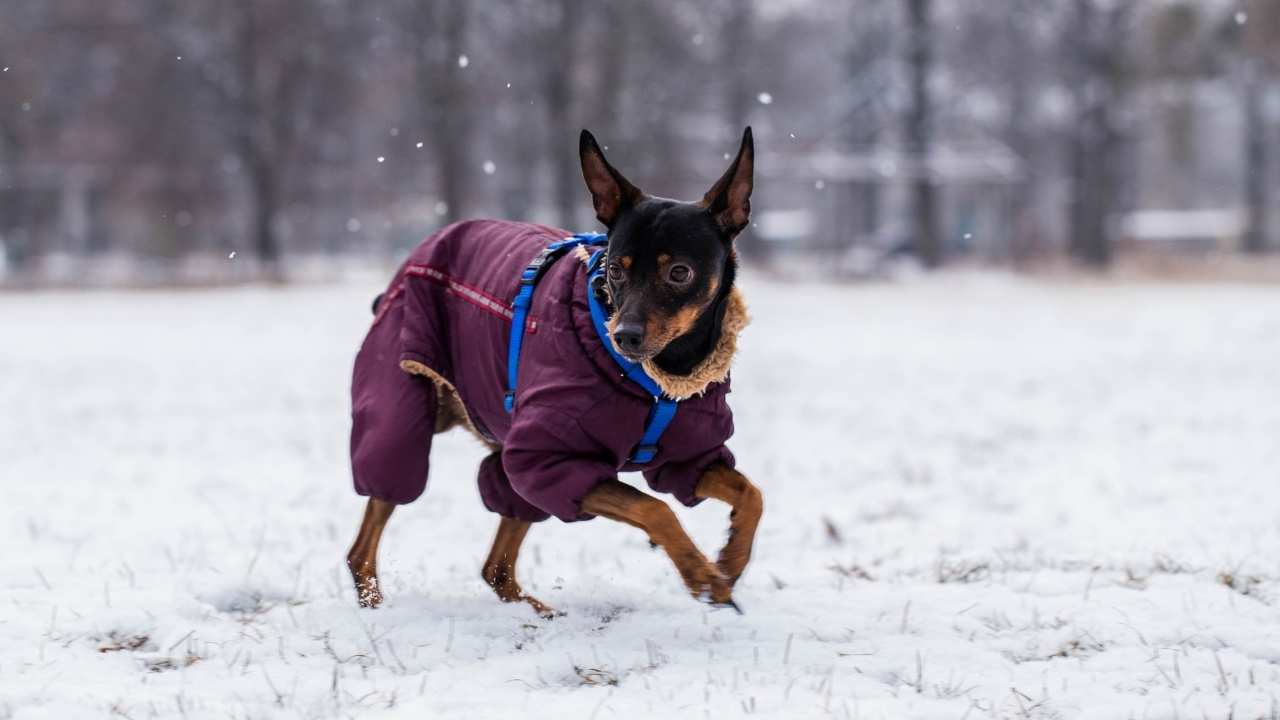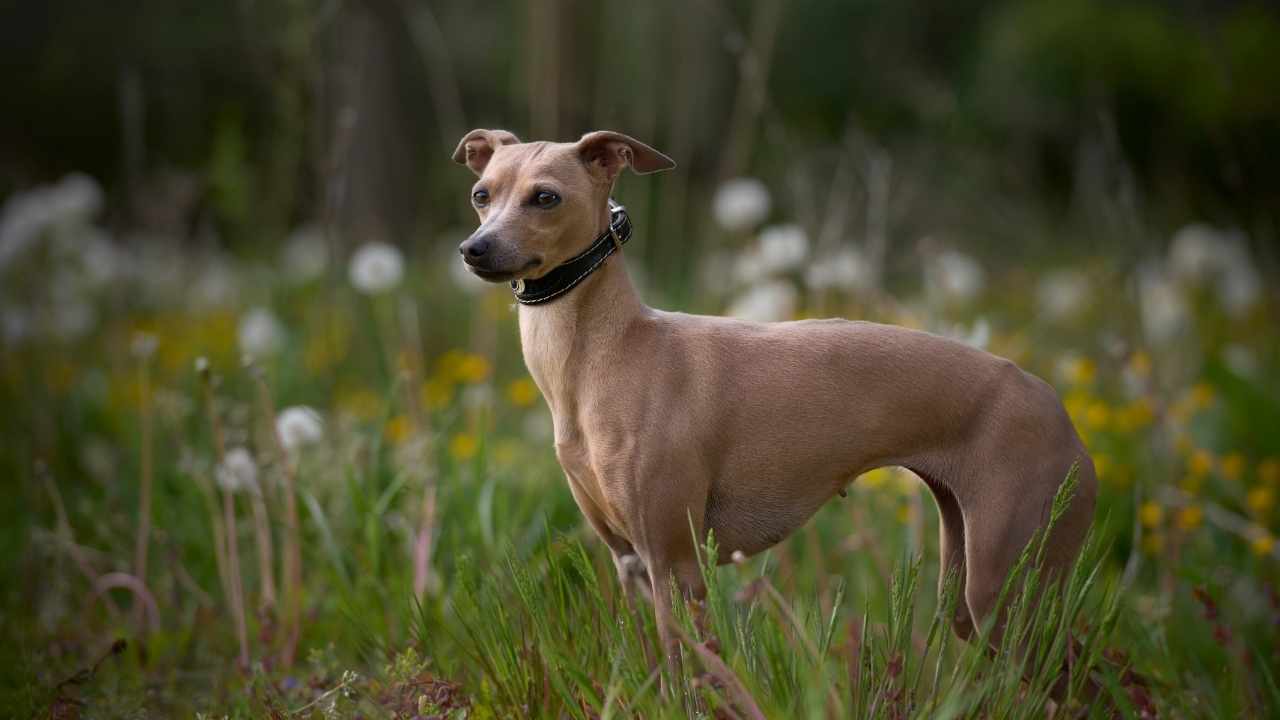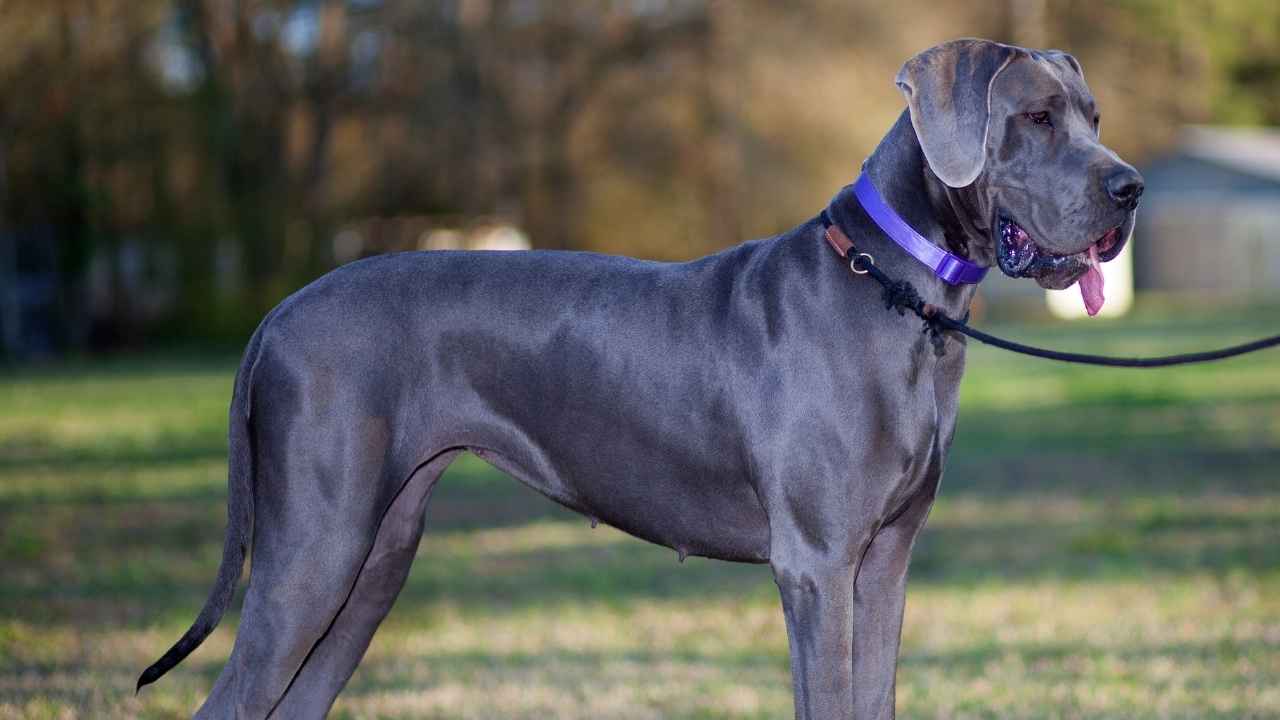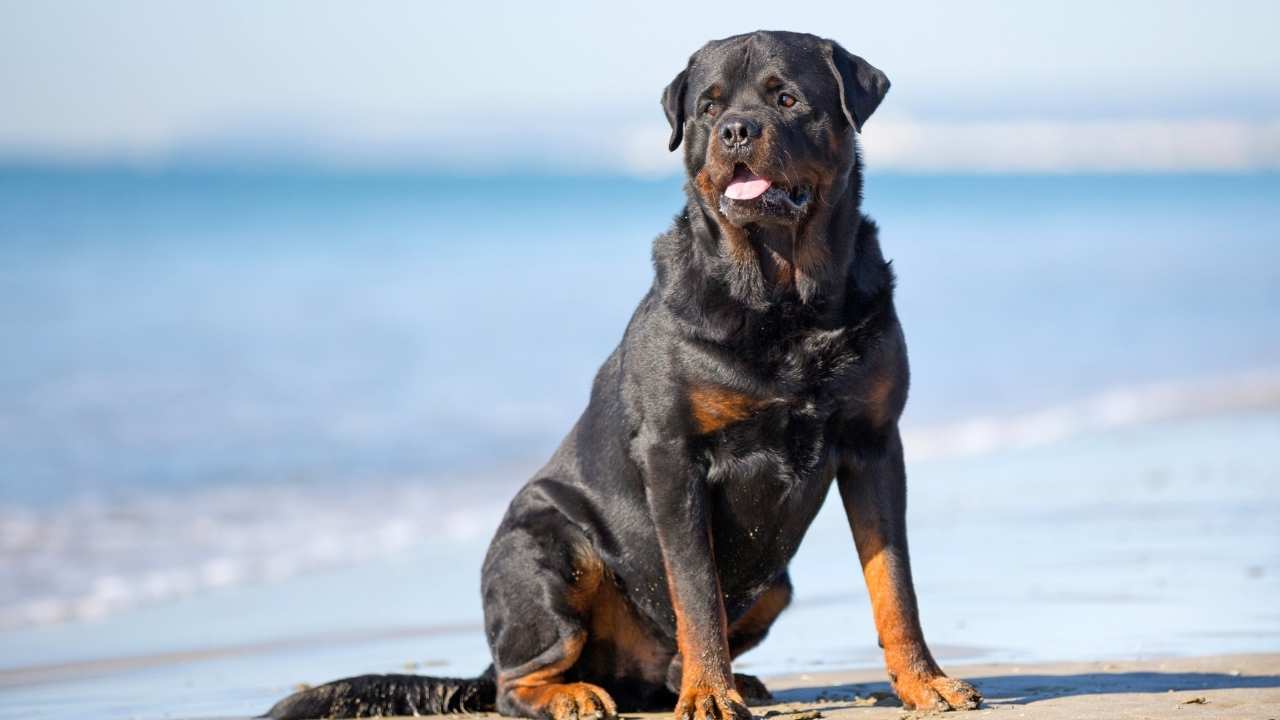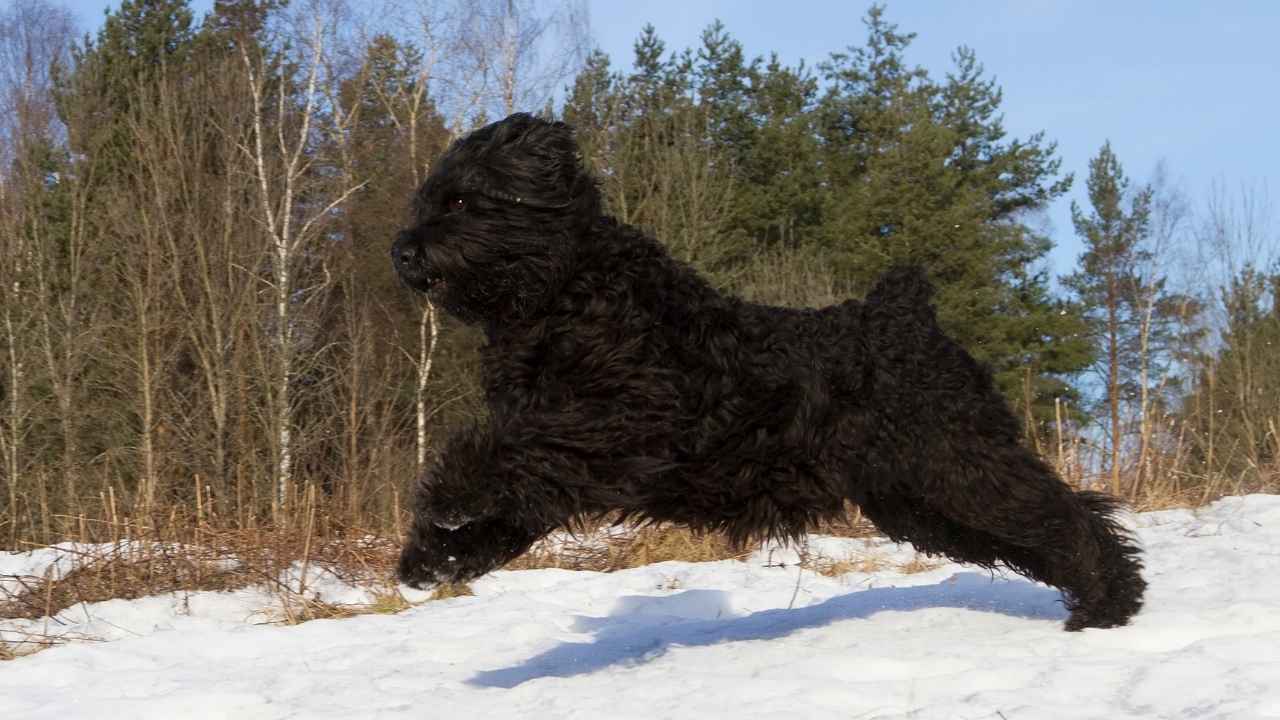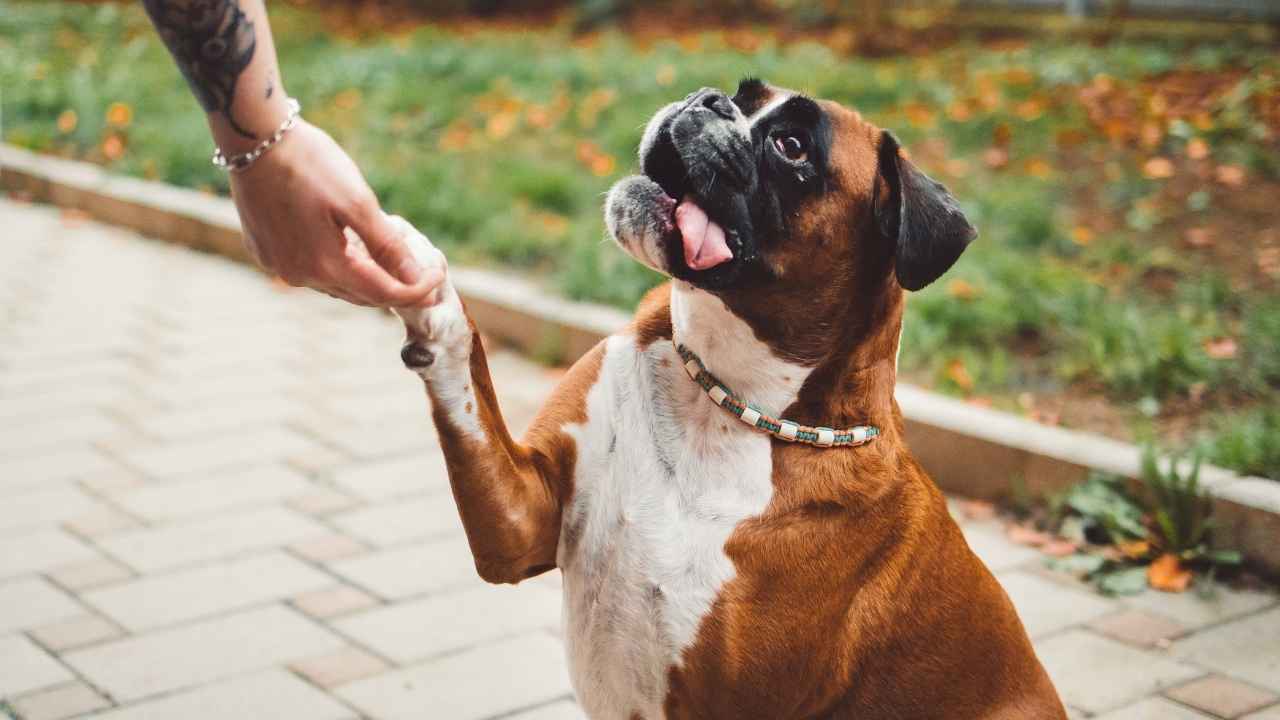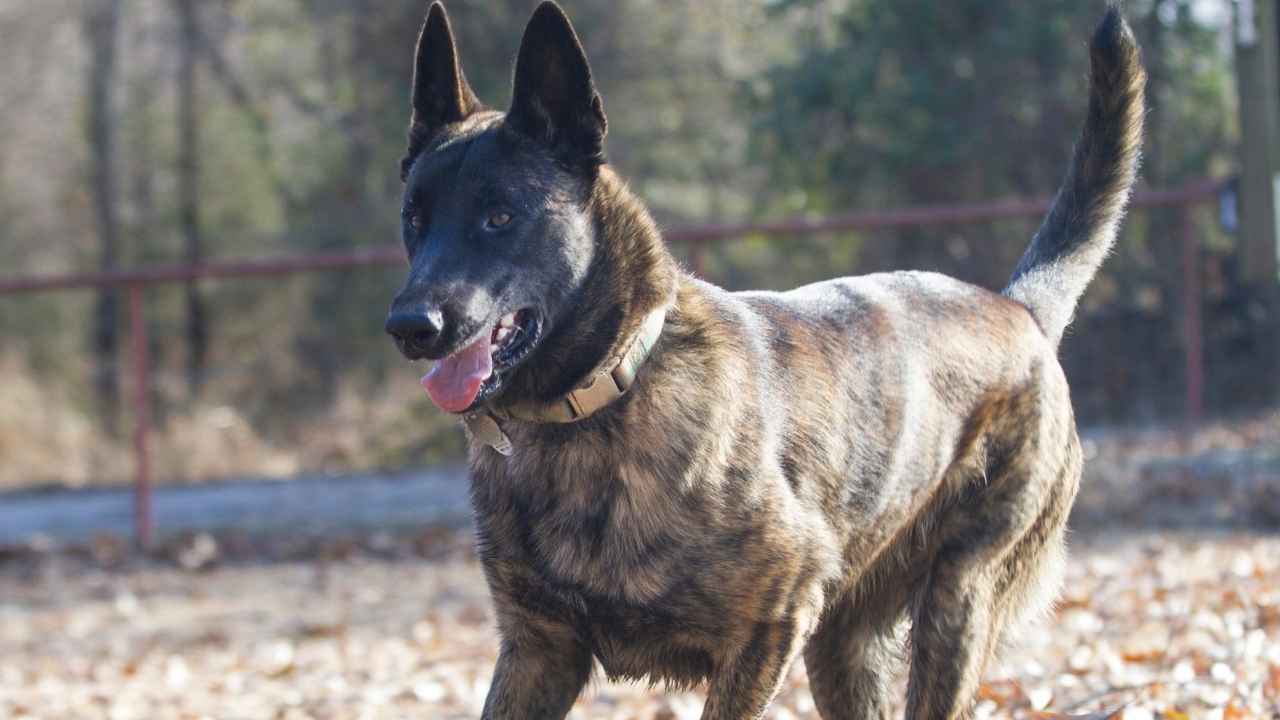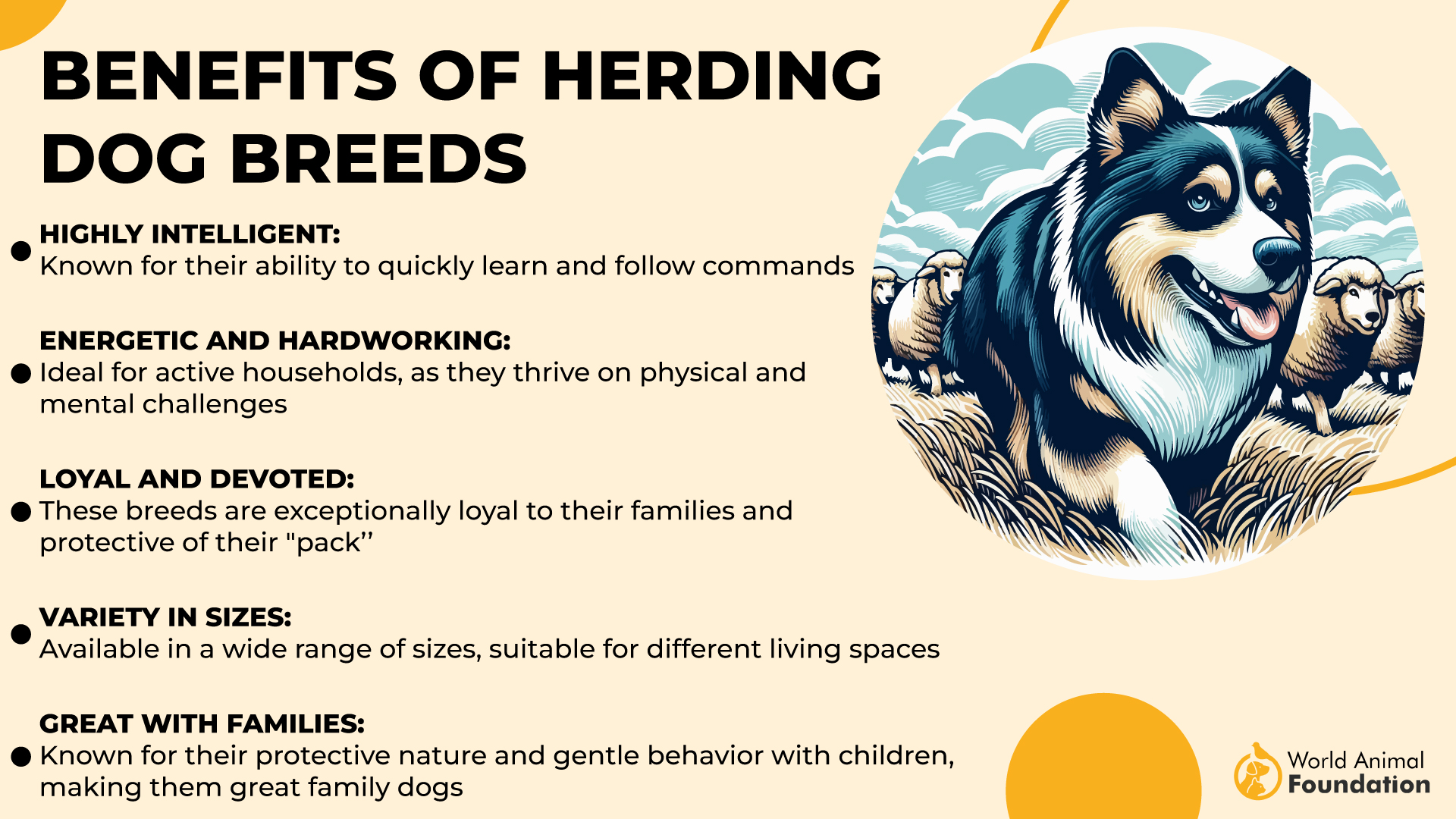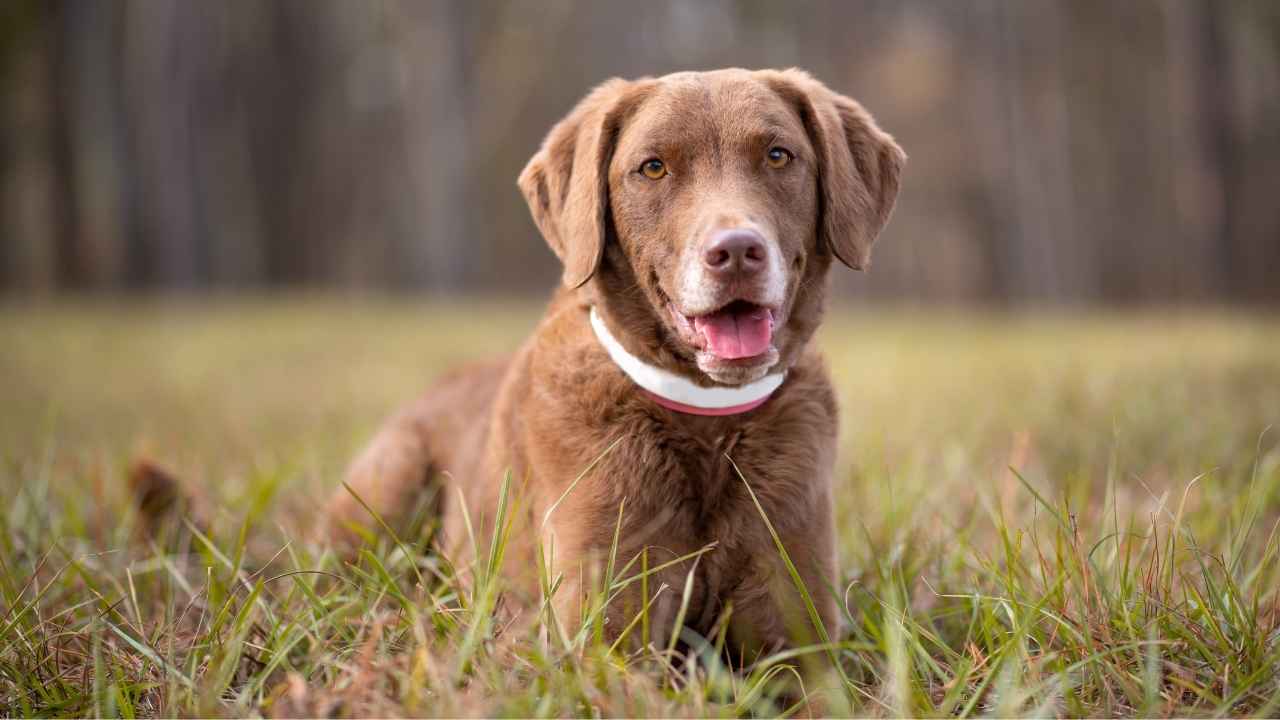When thinking of a breed that perfectly embodies elegance and power, the Doberman often springs to mind, exuding both beauty and an indomitable spirit. However, the canine world is rich with breeds that share similar striking features and admirable personalities. This guide explores ten dog breeds that parallel the Doberman in appearance and temperament, offering insight into their unique characteristics and why they might just become your next beloved companion. Whether you’re drawn to their athletic build or loyal nature, these breeds promise to intrigue animal lovers and potential pet owners alike.
Doberman Pinschers are sleek, elegant, and undeniably captivating dogs. With their sharp features, athletic build, and alert demeanor, they’re a standout in the dog world. But did you know other breeds bear some striking similarities to Dobermans, either in appearance, temperament, or both?
Whether you’re a fan of their regal looks or their energetic and loyal personality, you’ll find plenty of canine cousins that might capture your heart.
This guide dives into some remarkable dog breeds that resemble Dobermans. From the lean and muscular to the bold and protective, these dogs share traits that make them just as incredible as the Dobie. Let’s dig in!
Dogs Similar to Doberman
1. Doberman Pinscher
Let’s start with the star of the show. The Doberman Pinscher is a powerhouse of agility, intelligence, and loyalty. Originally bred in Germany during the late 19th century by Karl Friedrich Louis Dobermann, these dogs were designed to be the ultimate protection breed.
Dobermans are renowned for their sleek, short coats that come in black, red, blue, or fawn with rust markings. But beyond their beauty lies their brains—they rank as one of the most intelligent breeds in the world. Thanks to their loyalty and trainability, just like the German Shepherds, they often work as police dogs, military dogs, and search-and-rescue heroes.
Personality-wise, these dogs, especially the female Dobermans, are incredibly loving toward their families. Don’t let their intimidating appearance fool you—they’re just as happy cuddling on the couch as they are running laps in the yard. But make no mistake; if danger arises, their protective instincts kick in immediately.
2. Miniature Pinscher
Looking for a Doberman’s doppelgänger but in a pint-sized package? Meet the Miniature Pinscher! Often called the “King of Toys,” this little firecracker is bursting with personality and energy.
Despite their resemblance to Dobermans, they aren’t directly related to them. They’re a much older breed with roots in Germany, where they were bred to hunt rats. Their sleek coat and confident strut give off serious Doberman vibes, but their small stature (10–12.5 inches tall) makes them perfect for those who love Dobies but need a more compact companion.
Don’t let their size fool you, though—they are fearless, extremely affectionate, and bold. They’re like tiny watchdogs with big personalities. Training can be a challenge due to their independent streak, but their charm and antics make them endlessly entertaining.
3. Weimaraner
If you’re drawn to the athletic grace of a Doberman, you’ll likely fall for the Weimaraner. Known as the “Gray Ghost” because of their shimmering silver coats, these dogs share a similar sleek and muscular build. VCA Hospitals says this dog loves to run and hunt!
This breed was originally bred in Germany as a hunting dog, specifically for nobility. They were used to hunt large game like deer and boar, making them excellent hunters with a strong prey drive. Their intelligence and energy make them well-suited for active hunting roles. Like Dobermans, they’re intelligent and energetic, requiring plenty of physical and mental stimulation. Properly socialized dogs are a gem to have! They’re incredibly loyal and thrive when they’re part of an active family.
Their soulful amber or blue-gray eyes give them an elegant, almost mysterious appearance. But don’t be fooled by their aristocratic looks—these dogs are goofy at heart and will keep you laughing with their playful antics.
4. Great Dane
Great Danes might seem like the gentle giants of the dog world, but they share more in common with Dobermans than you might think. Both breeds are majestic, confident, and deeply loyal to their families.
Standing at an impressive 28–34 inches tall, they tower over Dobermans, but their short coat and elegant lines give them a similar vibe. They’re sometimes referred to as “Apollo of Dogs” due to their noble appearance. Their protective nature makes them one of the best dogs to have for families!
Despite their size, these dogs are big softies. They’re patient, friendly, and great with kids. However, like Dobermans, they need proper training and socialization to manage their size and strength effectively.
5. Rottweiler
Dobermans and Rottweilers are often compared because they share a commanding presence and protective instincts. These two breeds are like cousins in the dog world—they’re both loyal, intelligent, and courageous.
These dogs with an affectionate nature have a stockier build than Dobermans, but their black-and-tan coloring is strikingly similar. They are often used in military and police work and as guard dogs due to their strength, protective instincts, and intelligence. AKC calls them confident guardians. These highly trainable dogs are particularly effective in roles that require control, protection, and sometimes search and rescue.
While they can be a bit reserved with strangers, they’re total goofballs with their families. Like Dobermans, they thrive when given a job to do, making them excellent companions for active households.
6. Whippet
At first glance, a Whippet might not seem like a Doberman lookalike, but hear me out. Both breeds share a sleek, streamlined body built for speed. Whippets are smaller and more delicate, but their elegant silhouette is reminiscent of a Doberman’s athletic frame.
These animals are calm and affectionate, making them fantastic indoor companions. However, when they’re outside, their prey drive kicks in, and they’ll sprint like there’s no tomorrow. If you appreciate a Doberman’s energy but prefer a dog with a softer temperament, the Whippet might be your perfect match.
7. Black Russian Terrier
The Black Russian Terrier is like a Doberman in a shaggy disguise. These big, burly dogs were originally bred in Russia, as mentioned by WebMD, by the Soviet military as guard dogs, and they share the Doberman’s bravery and intelligence.
Though their thick, black coat gives them a vastly different appearance, their temperament is strikingly similar. Black Russian Terriers are highly protective and devoted to their families. They’re also incredibly versatile, excelling in everything from obedience training to agility.
Their size and strength can be intimidating, but beneath that imposing exterior lies a loving and loyal companion.
8. Boxer
If you adore the playful side of Dobermans, you’ll love Boxers. These bouncy, energetic dogs are often called the clowns of the dog world, but they share a Doberman’s intelligence and athleticism.
Even these puppies have a muscular build and a short coat, often brindle or fawn with white markings. Like Dobermans, they’re deeply loyal and protective, making them excellent family dogs.
One of the best things about Boxers is their boundless enthusiasm for life. They’re always ready for an adventure, and their goofy antics will keep you smiling.
9. Dutch Shepherd
Dutch Shepherds are like the Doberman’s rugged, outdoorsy cousin. These versatile working dogs are known for their intelligence, athleticism, and striking brindle coats.
Originally bred in the Netherlands as herding dogs, they excel in obedience training and agility. Like Dobermans, they’re highly loyal and protective, making them excellent companions for active families. They are versatile, intelligent, and highly trainable dogs, which makes them suitable candidates for service dog roles. These dogs can be trained to perform various tasks, such as mobility assistance, psychiatric support, and emotional support. Their working background gives them the discipline and drive needed for service dog duties.
PetMD says they have very high energy levels! It means they need plenty of exercise and mental stimulation. But for those willing to put in the effort, they’re incredibly rewarding dogs.
10. Chesapeake Bay Retriever
While Chesapeake Bay Retrievers may not look exactly like Dobermans, they share some key traits, such as loyalty, intelligence, and a strong work ethic. These highly intelligent dogs were bred for waterfowl hunting, so they’re incredibly athletic and determined.
Chessies have a dense, waterproof coat that sets them apart from Dobermans, but their devotion to their families is just as strong. They’re excellent companions for active households that enjoy outdoor adventures.
Their cheerful and friendly nature makes them great family dogs, but they also have a protective streak that ensures their loved ones are always safe.
Conclusion
From the elegant Chesapeake Bay Retrievers to the rugged Black Russian Terrier, there’s no shortage of breeds similar to Doberman to fall in love with. Each breed brings its unique charm while sharing the Doberman’s loyalty, intelligence, and striking good looks. While many of the breeds similar to Dobermans are known for their loyalty and intelligence, it’s important to note that some, like Rottweilers and Boxers, may exhibit same-sex aggression if not properly socialized from an early age.
Apart from these dogs, a Manchester Terrier, German Pinscher, Belgian Malinois, and Standard Poodle also share many attributes with the Doberman.
So, what are you waiting for? Go find your Doberman-inspired soulmate—you might just discover a new best friend who’s everything you’ve been searching for and more.
In exploring dog breeds similar to Dobermans in both appearance and temperament, it becomes clear that while each breed holds its unique traits, several share noteworthy similarities. Breeds such as the Belgian Malinois, German Pinscher, and Rottweiler exhibit similar sleek physiques and intelligent, loyal dispositions. These breeds are known for their protective instincts and high energy levels, making them excellent companions for active families. Despite these similarities, potential owners should consider the distinct needs and temperaments of each breed to ensure a harmonious fit. Ultimately, understanding these parallels can guide enthusiasts in selecting the ideal canine companion.

